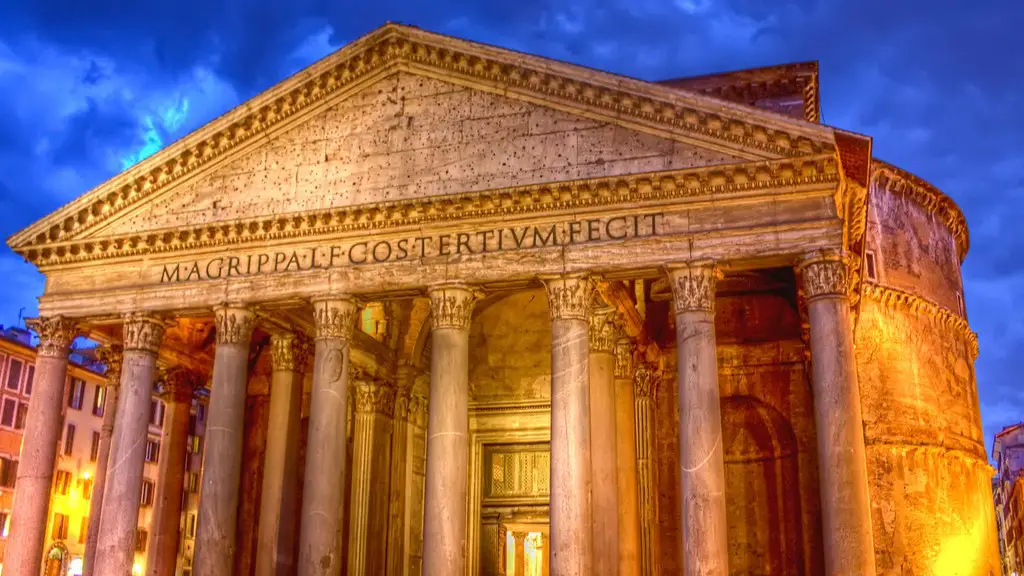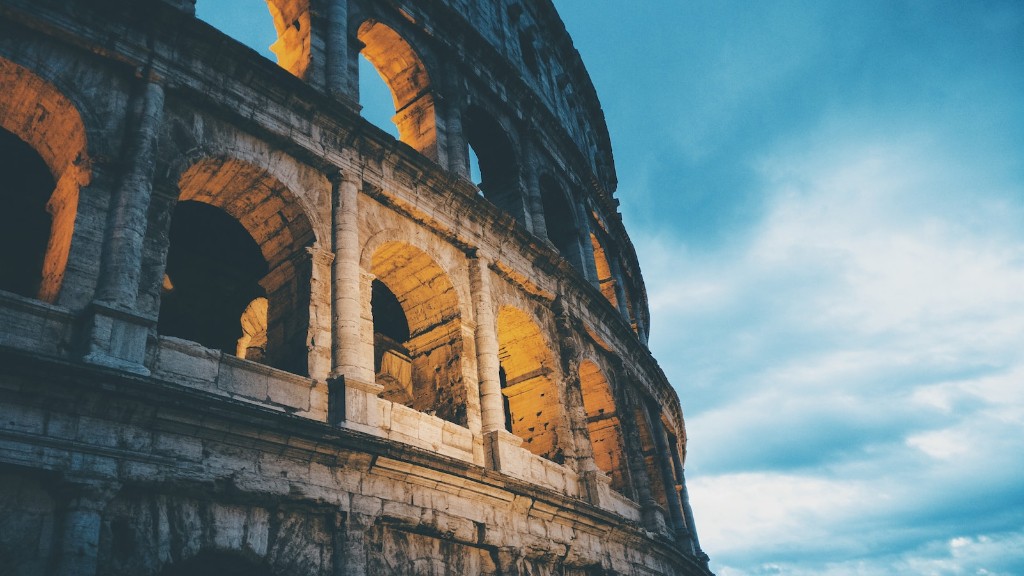Impact of the Rich Ancient Romans on Their Society
The rich and powerful ancient Romans were an integral part of their societies and played a significant role in their cities, provinces and even the wider Roman world. Wealthy citizens were heavily involved in the construction of temples, buildings and public works, used their economic and social clout to promote their own interests and also had great influence over public policy. By examining where the rich lived and what dwellings they constructed and/or patronized, we can gain a much clearer image of life in the ancient Roman world.
Homes of the Ancient Roman Elite
The most affluent among the Romans lived in sumptuous villas that contained not just luxurious living quarters but also gardens, courtyards and often an elaborately decorated living room and dining room. Some villas contained elaborate art collections and were regularly visited by the wealthy aristocrats and senators of the time.
The ancient Romans were also known for their fondness of outdoor living, giving rise to large suburban villas that contained many outdoor rooms, spaces and built-in gardens. These villas were often located on large private estates, accessible for the wealthy only through private roads or through their connections.
The wealthy also considered their status to be important and it wasn’t unheard of for rich Romans to pay for lavish but often extravagant homes that were situated in highly visible areas or those known for their stunning natural scenery, such as on the banks of a river or along the Mediterranean seacoast.
Type of Homes Built by the Roman Elite
The rich Romans often opted to build grand and luxurious homes. These residences, known as domus, were typically organized around an interior courtyard that contained fountains and smaller rooms such as a kitchen, a study, servants’ quarters, and other needed spaces.
In the city itself, the wealthy tried to maintain their elevated position, paying for increasingly large and ostentatious homes that were often built on multiple floors with large towers, high walls, and interior halls. Rich Romans often preferred to live in neighborhoods that were built around their own personal palaces, which could easily dwarf those of the less affluent.
Due to the growth in population, much of Rome’s urban landscape was filled with apartment buildings meant to fit multiple families and individuals. But these buildings were rarely the preferred choice for Roman aristocrats, who typically preferred to own their own private homes.
Romans and Gated Communities
Gated communities were common during the time of the Roman Empire, allowing the most wealthy to also benefit from a heightened sense of security. The wealthy Romans would also have their own secure and private areas within their cities. This private haven was known as a pleasure park and was often stocked with a variety of lavish entertainment options such as swimming pools, tennis courts, and other recreational activities.
However, the most important option for the wealthy Roman would be their own private villa, fortified with high walls, tall gates, and imposing architecture or artwork. These villas were often located in secluded and peaceful areas, with the largest and most opulent ones being located on the outskirts of Rome and in the surrounding countryside.
Social Aspects of the Rich Roman Lifestyle
The lifestyle of the wealthy Roman was often centered around socializing, entertaining and hosting parties, which could include music, theater, banquets, and lavish groves scattered throughout their villas. These events were often open to their peers and used to leverage their power and influence. For example, wealthy politicians would use their extravagance to gain favor with citizens and with other powerful leaders.
The rich also played an important role in the public life of Rome and were often involved in the construction of public works and other public infrastructure projects. The wealthy Romans often used their extensive wealth to bring prestige to their patrons and themselves by organizing lavish public events and showing their support for those who had a positive impact on the city.
Impact of Roman Luxury
The influence of the wealthy Roman elite extended way beyond their personal lifestyles and circles. Roman luxury goods and lifestyles had a profound impact on the wider Roman world and were highly sought after by the less affluent classes. Luxury items such as imported fabrics, jewelry and expensive furniture were the height of fashion and widely coveted by the population.
In addition, the lifestyle of luxury adopted by the wealthy had a huge influence on the culture of Rome, with the rich setting the trends in art, fashion and entertainment. People began to develop an affinity towards what was perceived as the heroic and even whimsical aspects of the affluent lifestyle in Rome.
A Growing Elite
The Roman Empire was a large and complex organization and its size and scope created the conditions for the development of a powerful and wealthy elite. The growing wealth of these individuals had an even greater impact on the Roman world and the economy.
This elite was able to build large and luxurious villas and estates, patronize the arts, host expensive parties and generally distort the economy towards their own benefit. Not everyone was happy with this state of affairs and in some cases the elite was seen as corrupt and self-serving, with their wealth and influence often leading to abuses.
The Changing Nature of Wealth
During the prosperity of the Roman Empire, the wealthy grew in number and their influence and wealth increased even further, creating an atmosphere of luxury and ostentatiousness that was a stark contrast to the poorer classes. Although the wealthy ancient Romans had a large degree of influence, their wealth was often short-lived and the economy of Rome underwent dramatic changes that diminished the advantages of the wealthy.
Instead, it was the soldiers, traders and producers who became the emerging economic powerhouses of the Roman Empire, leading to a growing middle class and the diminishing of the traditional elites. This new economic landscape saw the rise of new, more commercially minded and less flamboyant lifestyles, paving the way for a new age in Roman society.
The Spread of Roman Culture
The wealthy ancient Romans had a strong impact on the culture of the Roman world and the legacy that they left behind. Wealthy citizens were heavily invested in the political and economic life of the cities, patronizing and influencing artists, philosophers, and religious figures.
The wealthy were also able to travel and expand their knowledge by exploring other corners of the Roman world and interacting with different cultures, incorporating new approaches and ideas into Roman culture. Rather than an isolated people, the ancient Romans became renowned for their cosmopolitanism and willingness to embrace new customs and cultures.
Legacy of the Ancient Roman Elite
The wealthy ancient Romans created a lasting legacy that can still be seen in today’s society. Their tremendous wealth and influence allowed them to shape culture, economy and politics and laid the foundations for a vibrant and prosperous civilisation.
The power of their wealth and influence continues to be felt in the modern world, and their role in the development of the Roman Empire and its culture is one that will always be remembered.


